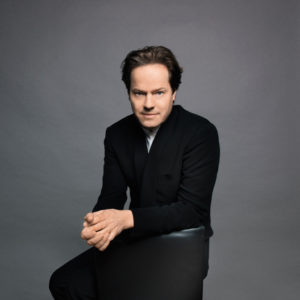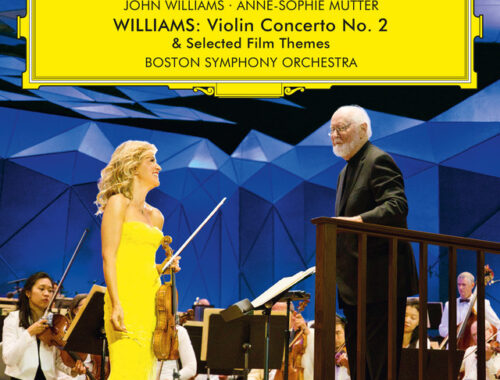SATURDAY 13TH FEBRUARY 2010 LONDON PHILHARMONIC/ NEZET-SEGUIN ****
Royal Festival Hall
There’s a particular way of not just playing but feeling and touching French music. Watching Yannick Nezet-Seguin, without a baton, shape and sculpt Ravel’s Le Tombeau de Couperin Suite in this beautifully proportioned all-French programme was an object lesson in how phrasing and articulation can shift emphasis and weight in ways that you might never have imagined. Hearing is believing – almost.
French music teases and tantalises and Nezet-Seguin kept the exquisite Baroque allusions of Le Tombeau on the breath and off the string, repeatedly taking the sound away as if it really was just a figment of the imagination. At the close of the first piece, fleet and breathless, the effect of the pay off – a fleeting harp glissando, a flash of piccolo, a vapour trail of violin harmonics – left remnants of sound in the air even after it had finished. Not for nothing did Nezet-Seguin hold on to those precious moments before silence.
Gorgeous oboe playing from Ian Hardwick seemed to extend the upper reaches of the instrument’s range. The penultimate movement, Menuet, was close to perfection, its trio unlocking the amazing sonority of muted trumpet over drone bass with clarinets and double-bass harmonics really deceiving the ear in magical ways.
There was so much air around the sound that even the Festival Hall sounded atmospheric – and when the lowering cloud formations of “Nuages”, the first of Debussy’s Nocturnes, rolled in, the precipitation of Sue Bohling’s cor anglais and sustained tremolandi in string basses rendered the whole soundscape overcast in the best sense. “Fetes” was then all light and flashing reflections and though the “Sirens” – the ladies of the LPO Choir – were rather too “present” in this hall, the fade to black was so intense that even the distant rumble of the underground sounded like something Ravel had dreamed up.
The evening yielded two Pavans – Ravel’s, a warm embrace, and Faure’s, cool and poised (though less effective, I think, with chorus) – from which the aching lamentations of Poulenc’s Stabat Mater made for a highly original (and rarely heard) climax to the programme. The fantastic mix of textures and moods in this piece – angelic one moment, all grimacing gargoyles the next – lends it a slightly subversive tone and there’s something sensually Caravaggian about its pained chromaticism. A pity that soprano Claire Booth, a late replacement, lacked the unblemished “spin” the part requires; purity is close to eroticism here and that’s something Nezet-Seguin appeared to have shared with the LPO Choir.
You May Also Like

A Conversation With JAN VOGLER: Dresden Music Festival 2016
11/04/2016
GRAMOPHONE Review: John Williams Violin Concerto No 2 & Various – Mutter, Boston Symphony Orchestra/Williams
20/07/2022